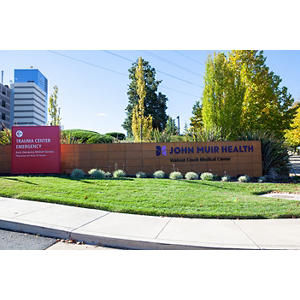
Vivien Sun, MD
Clinical Associate Professor
Pediatric Hospital Medicine
Localización

300 Pasteur Drive
Stanford, CA 94305
Mapas, direcciones y estacionamiento
Teléfono : (650) 723-4000
Fax : (925) 941-4162

1100 Van Ness Ave, 7th Floor
San Francisco, CA 94109
Mapas, direcciones y estacionamiento
Teléfono : (844) 733-2762
Fax : (650) 725-7578
900 Hyde St Ste 410, Hospitalist Office
San Francisco, CA 94109
Mapas, direcciones y estacionamiento
Teléfono : (415) 353-6817
Fax : (415) 353-6887
5555 W Las Positas Blvd
Pleasanton, CA 94588
Mapas, direcciones y estacionamiento
Teléfono : (925) 416-3440
Fax : (925) 416-3539

1601 Ygnacio Valley Rd
Walnut Creek, CA 94598
Mapas, direcciones y estacionamiento
Teléfono : (925) 939-3000
Fax : (925) 308-8944
Trabajo y educación
Univ of California San Francisco, School of Medicine, San Francisco, CA, United States of America, 6/14/2013
UCSF Pediatric Residency, San Francisco, CA, 6/30/2016
Pediatrics, American Board of Pediatrics, 2016
Pediatric Hospital Medicine, American Board of Pediatrics, 2022
Idiomas
English
Mandarin
Conéctese con nosotros:
Descarga nuestra App: